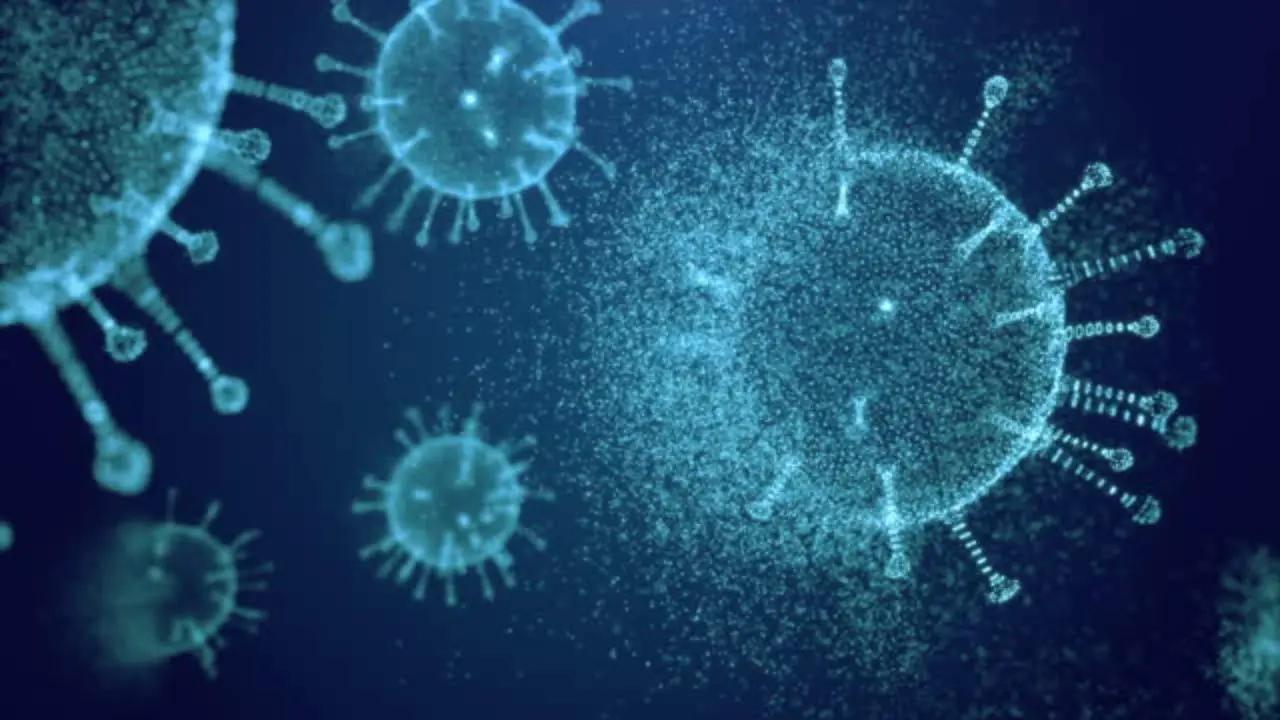There have been 59 deaths because of the Chandipura virus (CHPV) so far; presently, CHPV has been identified in 51 of the cases.

Representative Image/ istock
Since early June 2024, Gujarat has reported occurrences of Acute Encephalitis Syndrome (AES) in children under the age of 15. By July 31, 2024, 148 AES cases had been documented, including 140 from Gujarat, four from Madhya Pradesh, three from Rajasthan, and one from Maharashtra. Tragically, 59 of these occurrences resulted in fatalities. The Chandipura virus (CHPV) has been identified in 51 of the cases.
The Director General of Health Services (DGHS), the Director of the National Centre for Disease Control (NCDC), and the Director General of the Indian Council of Medical Research (ICMR) met today to assess the situation. The MD NHM of Madhya Pradesh, Integrated Disease Surveillance Program (IDSP) units, Regional offices of Health and Family Welfare from Rajasthan, Maharashtra, and Gujarat, NJORT members from NIV and NCDC, and faculty from NCDC, ICMR, and the National Centre for Vector Borne Diseases Control (NCVBDC) all attended the review meeting, said a government communique.
According to the statement released by the Press Bureau of India, since July 19, 2024, there has been a decline in the number of new AES cases recorded each day. Gujarat has introduced numerous public health initiatives, such as insecticide sprays for vector control, information, education, and communication (IEC) campaigns, the sensitisation of medical personnel, and the timely referral of cases to designated facilities.
A National Joint Outbreak Response Team (NJORT) has been deployed to help the Gujarat State Government implement public health measures and conduct an extensive epidemiological study into the outbreak. A combined recommendation from the NCDC and NCVBDC is being published to help surrounding states report AES cases, the communique stated.
Background
The Chandipura virus (CHPV) belongs to the Rhabdoviridae family and is known to produce occasional instances and outbreaks in western, central, and southern India, particularly during the monsoon season. It is spread by sandflies and ticks. Vector control, hygiene, and awareness are the only available strategies to combat the disease. The disease typically affects children under the age of 15 and can cause fever, convulsions, unconsciousness, and, in extreme circumstances, death. Although there is no specific therapy for CHPV, symptomatic care and early referral of suspected AES cases to approved hospitals can improve outcomes.
 Subscribe today by clicking the link and stay updated with the latest news!" Click here!
Subscribe today by clicking the link and stay updated with the latest news!" Click here!










